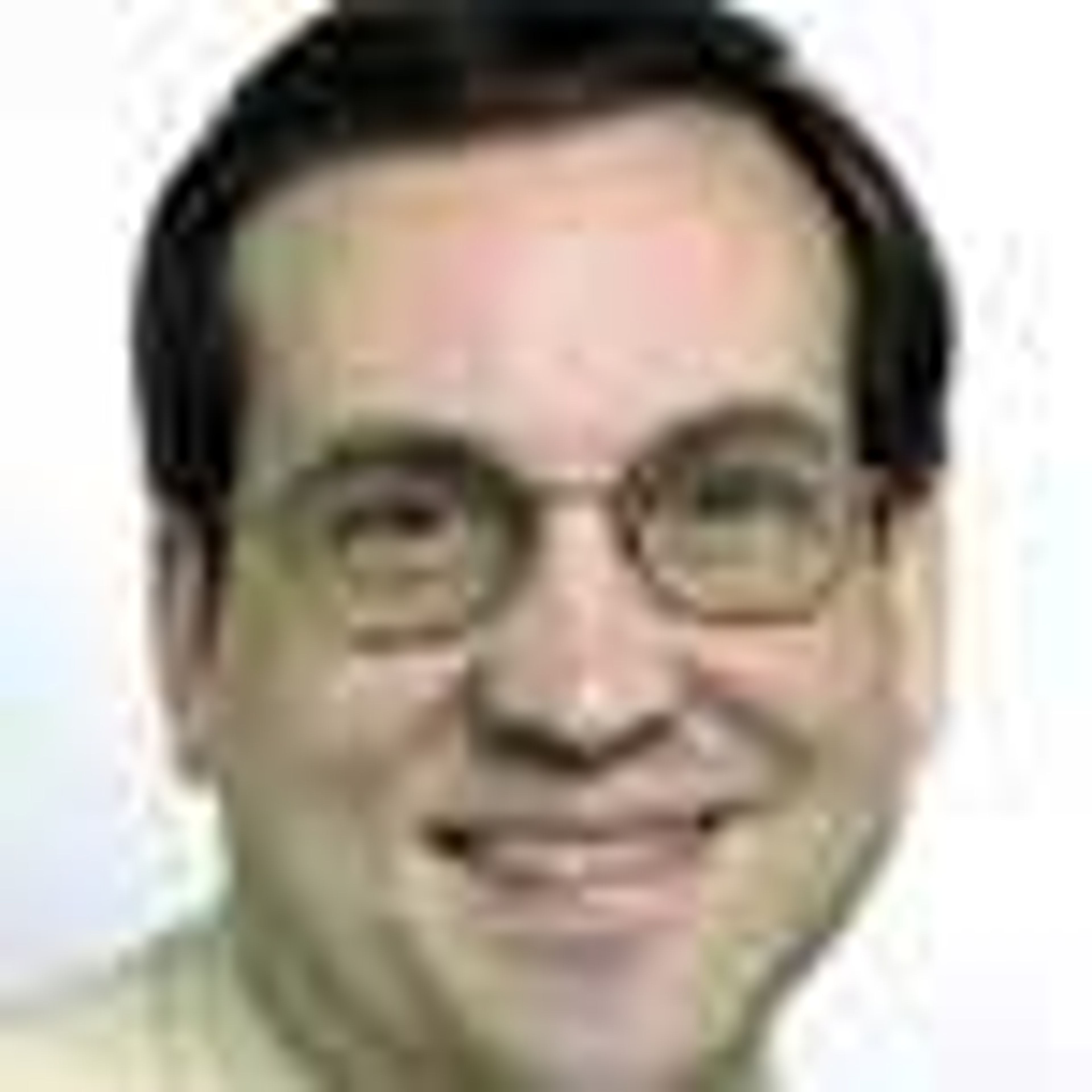CENSUS SAMPLING QUESTION TIED UP TIN POLITICAL DISPUTE
The Census Bureau wants to use sampling to account for people who otherwise might be missed in the counting process, but the idea remains mired in a political fight between President Clinton and the Republican-controlled Congress. The process is favored by many demographers and Democrats. Republicans worry that sampling would work against them when it comes to drawing the new boundaries for congressional seats...
The Census Bureau wants to use sampling to account for people who otherwise might be missed in the counting process, but the idea remains mired in a political fight between President Clinton and the Republican-controlled Congress.
The process is favored by many demographers and Democrats. Republicans worry that sampling would work against them when it comes to drawing the new boundaries for congressional seats.
Jay Waite, assistant director for the decennial census, said sampling probably would add more Democrats to the rolls.
The census misses more people in the heavily populated urban areas. Those areas tend to be more Democratic, he said from his Washington office.
The census is more likely to miss urban renters, the homeless and minorities such as blacks and Hispanics, Waite said. "We don't have much of a problem in a suburban residential community," he said.
Despite the best efforts of the Census Bureau, some people go uncounted, Waite said.
"We missed 1.6 percent of the population in 1990," he said. That is about 4 million people.
Like many Republicans, U.S. Rep. Jo Ann Emerson, R-Cape Girardeau, opposes sampling. "It does a big disservice to us in rural America," she said.
She and other House Republicans argue that using sampling to obtain census figures is unconstitutional, inaccurate, unnecessary and prone to political manipulation.
Waite said politics has colored the whole issue of sampling. "It is clear that there are some self interests on both sides," Waite said. "My own view is that we can get a more accurate number from sampling," he said.
Here's how sampling would work.
The Census Bureau estimates that about 65 to 70 percent of the nation's 120 million households will mail back the census forms. The bureau will send enumerators to personally contact many of the remaining 40 million households. But instead of contacting all of those households, the bureau would only try to reach some of the households. That would save time and money, Waite said.
Typically, three out of four or two out of every three of those households would be contacted by enumerators in an effort to get the census forms filled out. The goal is to obtain census information from at least 90 percent of the households in each census tract from mailed responses and personal visits. The bureau would use the results obtained in the follow-up visits and apply those demographics to the remaining 10 percent of the households.
The other part of sampling, and the most controversial, involves a plan by the bureau to conduct an independent survey to count everyone living in 25,000 census blocks across the nation. The sampling would survey about 750,000 housing units in an effort to detect any undercount in the census. If such a problem is found, the bureau would adjust the census figures on a state-by-state basis.
Census Bureau officials said the nation's census efforts have never resulted in a perfect count.
When Thomas Jefferson delivered the first census figures to President George Washington in 1790, he wrote the returns in black and his estimate of the true totals in red.
The current debate over sampling remains a stalemate.
Congress has passed several bills to prohibit the use of sampling for the 2000 census. But Clinton has vetoed those measures.
The legality of sampling has been challenged in a federal lawsuit filed by House Speaker Newt Gingrich. A federal judge hasn't ruled yet in the case.
Meanwhile, the Census Bureau must make two sets of plans: One involves the use of sampling and the other doesn't.
The bureau currently is doing a census "dress rehearsal" in Columbia, S.C., and Sacramento, Calif. Sampling isn't being used in the counting effort in Columbia. It is being used in Sacramento.The results could help Congress make a final decision on sampling by next February, Waite said.
The elections this November could prove crucial, he said. If Democrats regain control of Congress, sampling almost certainly will be a part of the 2000 census. If Republicans gain a veto-proof majority, they could override a Clinton veto and ban sampling.
Waite said it could be late in 1999 before the final outcome is known.
Census Bureau officials want an answer sooner rather than later.
Connect with the Southeast Missourian Newsroom:
For corrections to this story or other insights for the editor, click here. To submit a letter to the editor, click here. To learn about the Southeast Missourian’s AI Policy, click here.









